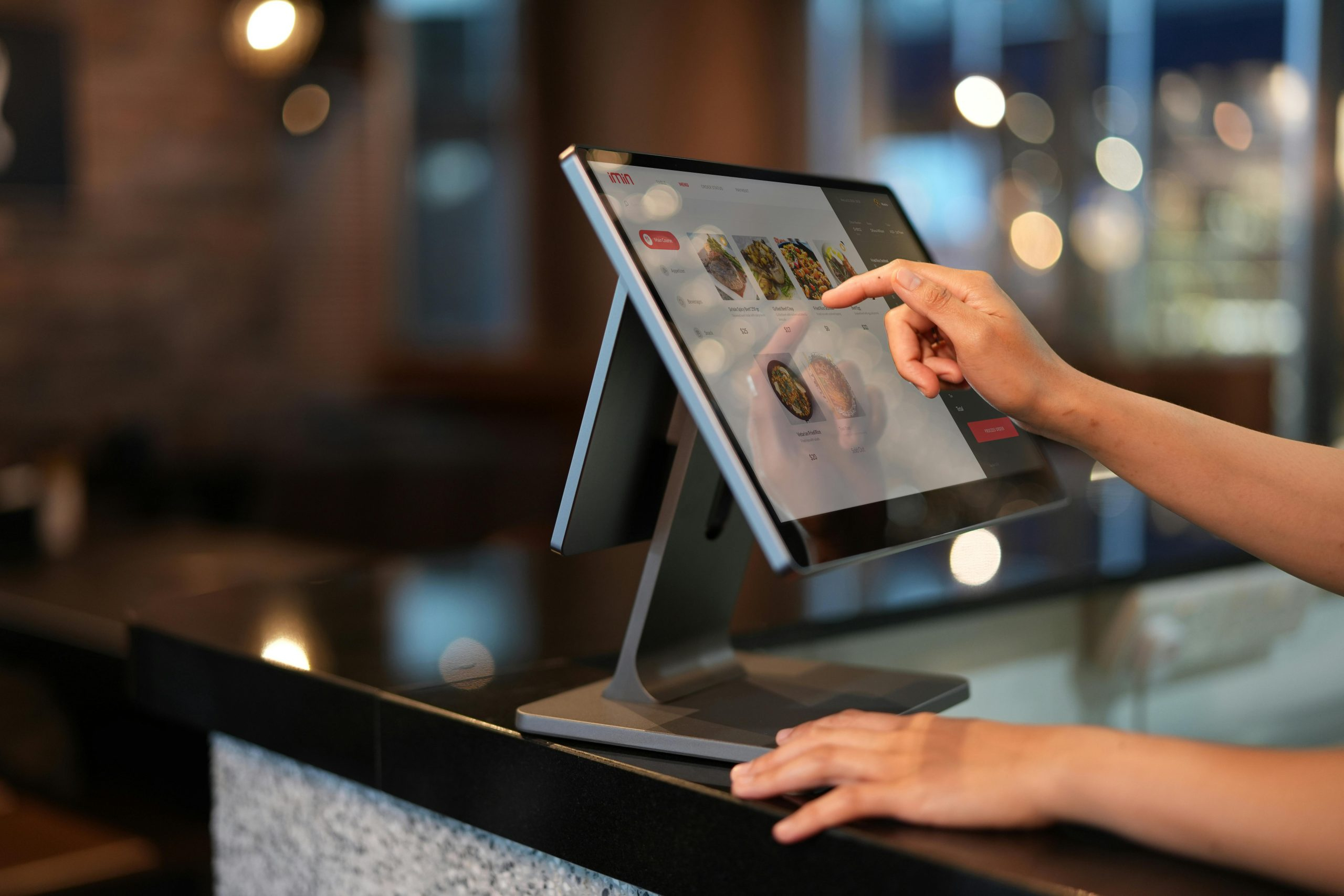Brands Going Digital-Only: A Retail Revolution
With the rise of technology in the 21st century, businesses have been forced to adapt to a digital landscape. From online shopping to social media marketing, companies are finding new ways to reach their consumers in the digital world. In the retail industry, this shift has been particularly significant as more and more brands are choosing to go digital-only. This trend is not only changing the way we shop but is also revolutionizing the retail industry as a whole. In this article, we will explore the concept of brands going digital-only and its impact on the retail landscape.
The Rise of Digital-Only Brands
Digital-only brands are companies that operate solely in the digital space, without any brick-and-mortar stores. These brands have been gaining popularity in recent years, especially among younger consumers who have grown up with technology at their fingertips. With the convenience and accessibility of online shopping, it’s no wonder that these brands are thriving. From fashion and beauty to food and household necessities, almost every industry has seen the emergence of successful digital-only brands.
The Advantages of Going Digital-Only
One of the main advantages of going digital-only is the reduced cost of operation. Without the expenses of rent, utilities, and maintenance of physical stores, these brands can offer products at lower prices. This not only benefits the company but also attracts customers who are always looking for a good deal. Additionally, with the growing use of mobile devices, digital-only brands have the advantage of reaching a larger audience. E-commerce has made it possible for these brands to have a global reach, without the limitations of a physical location.
Challenges Faced by Digital-Only Brands
While going digital-only has its advantages, it also comes with its own set of challenges. One of the main concerns for these brands is building brand trust and loyalty. Without a physical store, customers cannot physically touch or try on the products, which can make them hesitant to make a purchase. To overcome this, digital-only brands have to invest in strong branding and marketing efforts to build trust with their customers. They also have to ensure that their online shopping experience is impeccable, with easy navigation, secure checkout, and hassle-free returns.
Impact on the Retail Industry
The rise of digital-only brands has had a significant impact on the traditional retail industry. These brands have disrupted the once-dominant brick-and-mortar retail model, forcing traditional retailers to adapt or perish. Many well-known retailers have had to close their physical stores and shift their focus to e-commerce to stay relevant. This trend has also led to the rise of omnichannel retail, where traditional retailers have incorporated digital strategies to complement their physical presence.
Changing Consumer Behavior
Another major impact of digital-only brands is the change in consumer behavior. With the convenience and efficiency of online shopping, more and more consumers are turning to digital platforms for their purchases. This shift has forced traditional retailers to offer similar convenience to compete in the market. Additionally, consumers have become more digitally savvy and demand a seamless shopping experience across all channels, whether online or in-store.
The Future of Retail with Digital-Only Brands
It’s safe to say that digital-only brands are here to stay and will continue to shape the retail industry in the future. With the rapid advancement of technology, we can expect to see even more innovative ways for these brands to interact with their customers. Augmented and virtual reality, personalized shopping experiences, and social media marketing are just some of the trends that will continue to revolutionize the retail landscape.
The Importance of Adaptation
In conclusion, the rise of digital-only brands is a clear indication that the retail industry is evolving with technology. To survive in this ever-changing landscape, traditional retailers must be willing to adapt and embrace a digital mindset. This means incorporating digital strategies into their business model and providing a seamless omnichannel experience for their customers. Those who fail to adapt may struggle to compete in the highly competitive retail market.
In conclusion, brands going digital-only is a retail revolution that is impacting the way we shop and the retail industry as a whole. With the convenience, cost-effectiveness, and accessibility of digital platforms, digital-only brands are thriving and changing consumer behavior. As technology continues to advance, this trend will only grow, and traditional retailers must be ready to adapt if they want to stay relevant in the ever-changing retail world.











